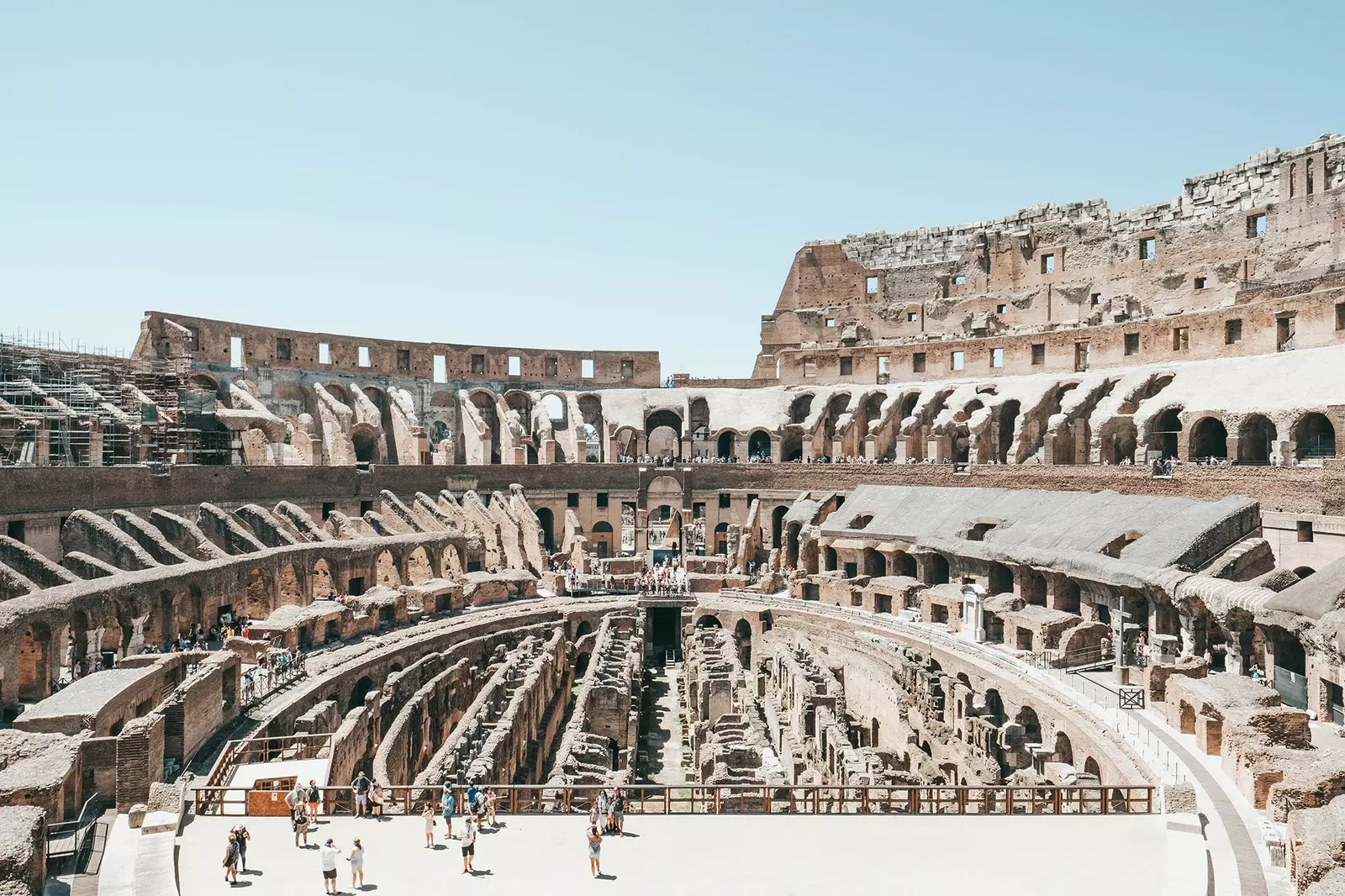
The Colosseum will have sand again
All roads lead to Rome and once there, sooner or later, all steps lead to the Flavian Amphitheater, better known as Coliseum.
Inaugurated in the year 80, this icon of Imperial Rome had the capacity to accommodate more than 50,000 people who were distributed according to their social class to witness fights between gladiators or wild beasts, recreations of naval battles and other public spectacles.
Despite the fact that the passage of time –with several wars and earthquakes included– has been damaging its structure, the Colosseum can boast of being considered one of the Seven Wonders of the Modern World and of making the visitor travel to one of the most fascinating stages of history.
The latest adventure of the imposing amphitheater aims to recover its glory – blood and wild animals aside – hosting concerts and plays thanks to the reconstruction of its arena.
Once the design proposals have been submitted, Work on it is expected to start this year and the project is expected to be complete in 2023.
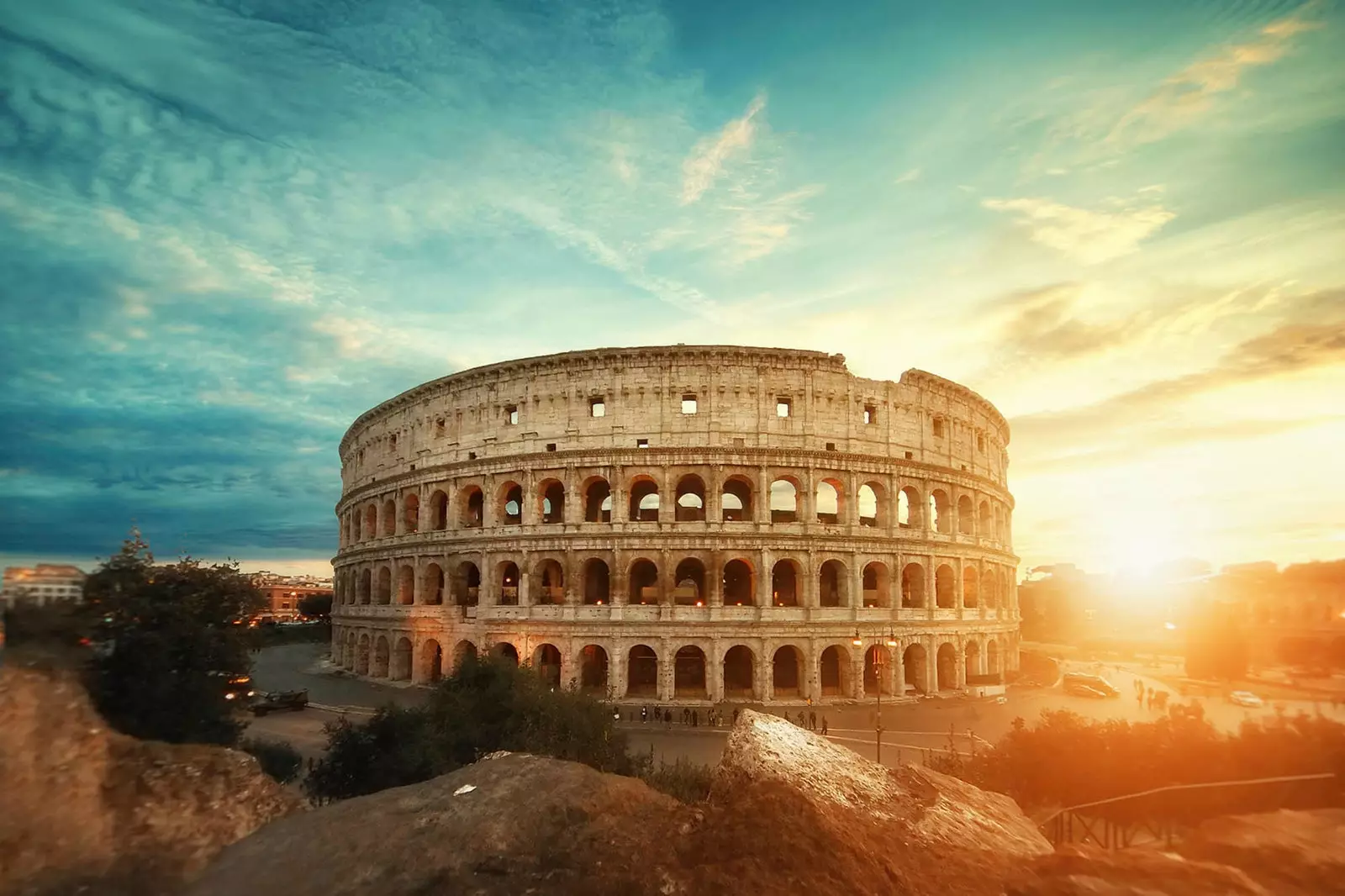
Can you imagine seeing a show at the Coliseum?
THE NEW ARENA
Behind the majesty of the Roman Colosseum hides a great work of engineering: gladiators and animals emerged from the underground before the eyes of the public, because under the wooden floor covered with sand there was a whole network of tunnels.
These underground galleries are currently exposed so that the millions of tourists who visit it know what the arena of the Colosseum hid.
Now the Italian government wants to go further, making that arena also host shows: “The reconstruction of the Colosseum arena is a great idea, which has gone around the world. It will be a great technological intervention that will offer visitors the opportunity not only to see the subsoil, like today, but to contemplate the beauty of the Colosseum from the center of the arena, ”says Dario Franceschini, Minister of Heritage and Cultural Activities, in a statement.
The idea of rebuilding the Colosseum arena was launched by archaeologist Daniele Manacorda in 2014 and supported by Minister Franceschini, who included said intervention in the 'strategic plan for large cultural projects in 2015' for a total financing of 18.5 million. of euros.
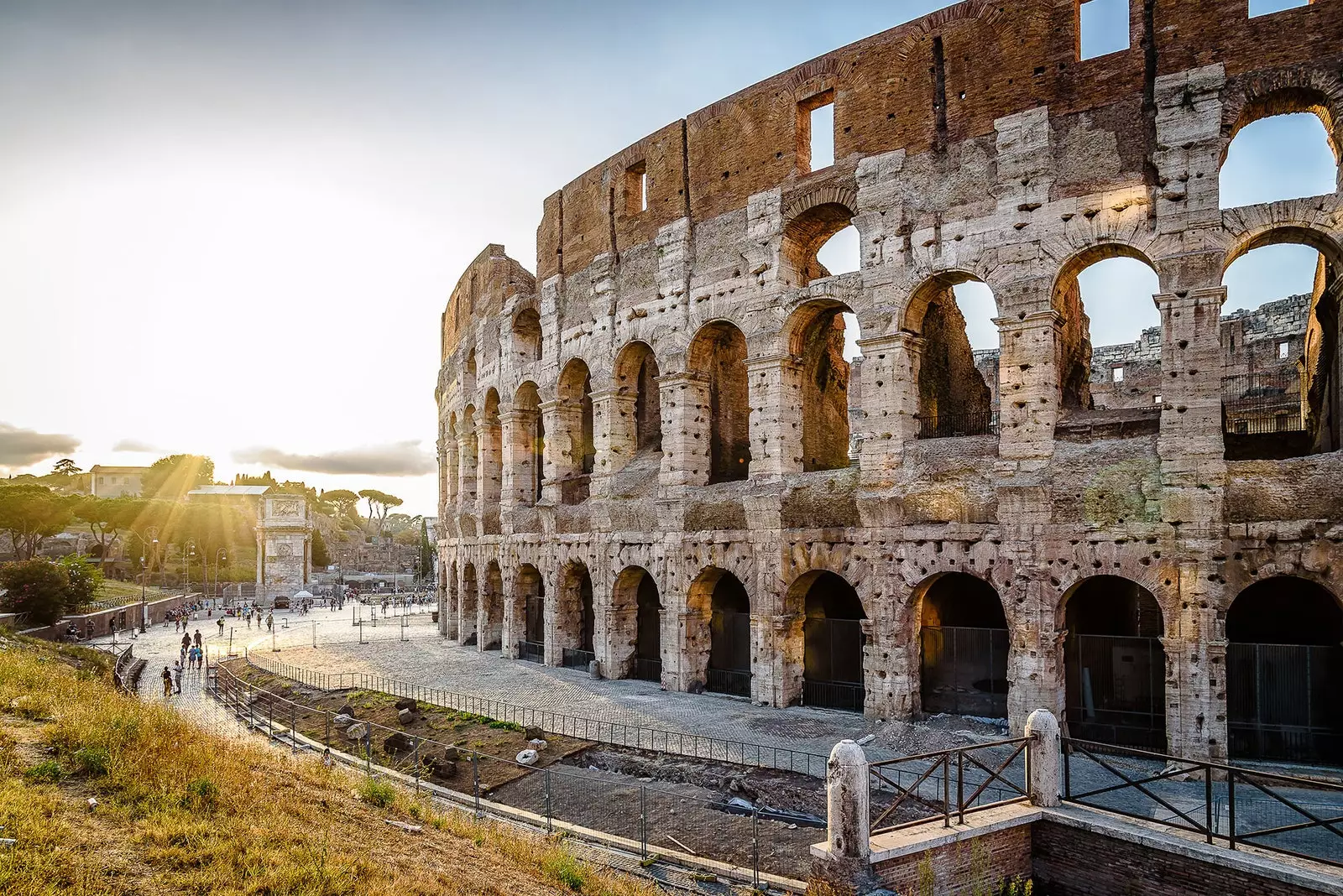
Works are expected to begin this year.
A RETRACTABLE FLOOR TO ACCOMMODATE SHOWS
This new arena that would host all kinds of cultural events would be achieved thanks to a retractable platform built from technological and integrated solutions that "would guide the visitor to discover the mechanisms that governed the complex organizational machinery of the shows and games that took place there", point out from the Ministero per i Beni e le Attività Culturali (MiBAC).
In order to determine who will be in charge of the ambitious task, Invitalia has launched a contest for the allocation of design services, with term until next February 1.
“The goal is to make the ground surface of the Colosseum arena usable again and identify a compatible and reversible technological solution to cover the underground areas”, points out the Ministry's statement.
Interventions should be designed in such a way that they simultaneously offer the perception of the ground of the arena in which the games were developed and the vision of the complex system of underlying structures and mechanisms.
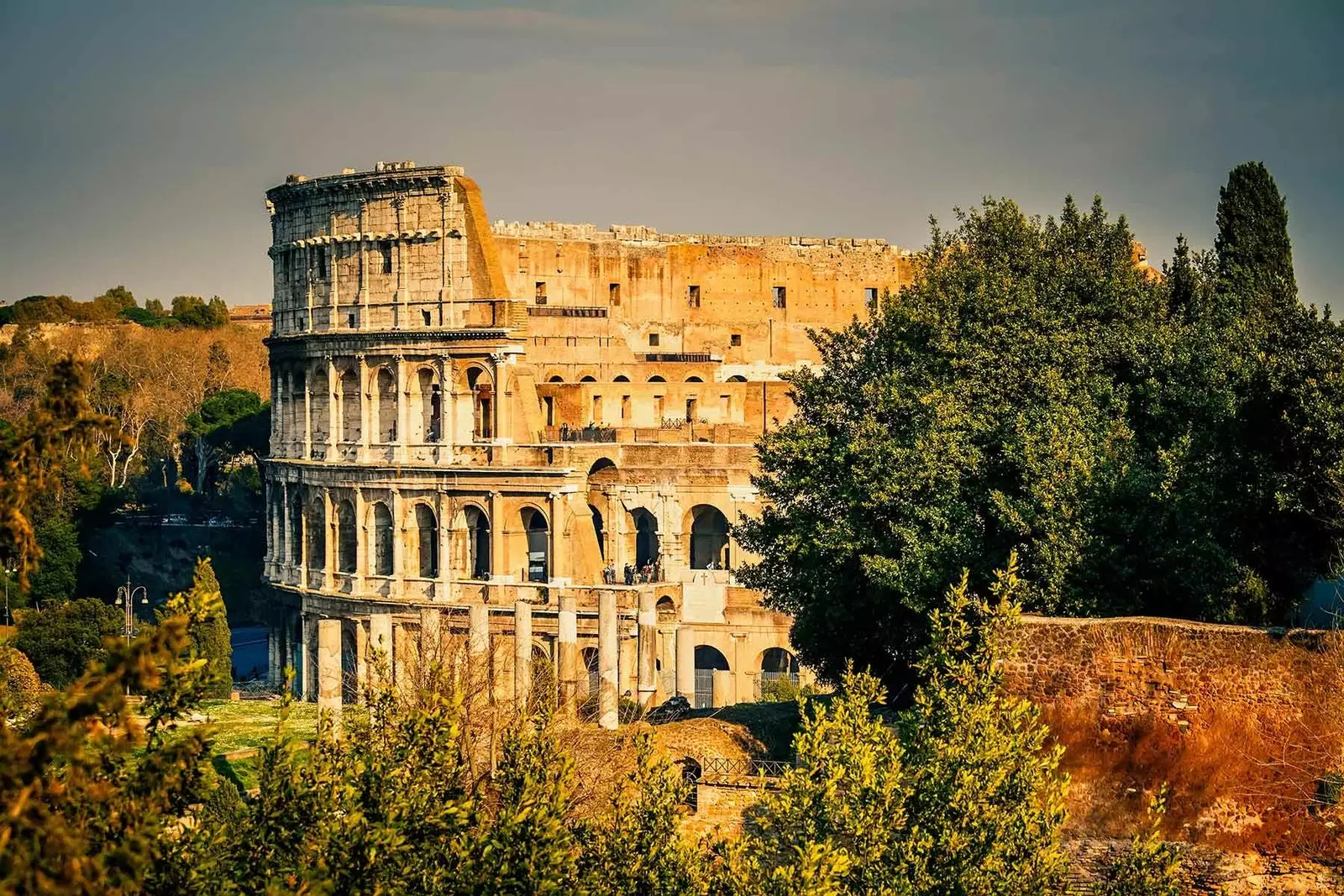
Hail Caesar!
Thus, “the new arena must be conceived as a unitary floor, with a high technological content, made up of mechanized opening and closing devices, which allow the visitor to understand the synergy and the close relationship with the subsoil, also using systems that refer to the mechanisms of the elevators and old moving scenes”, emphasizes the statement.
Among the required specifications, it is requested that the mobile system be built in such a way that it can be activated quickly and several times in the same day, to protect archaeological structures from both atmospheric precipitation and excessive insolation, and at the same time allow the secrets of the complex organizational machinery of the shows to be revealed.
"The final design will be developed in continuous comparison with the Contracting Authority based on the winning design idea of the tender", they point out. Once the final project has been approved and all the necessary legal authorizations have been obtained, the deadline for the development of the executive level will be further adjusted.
Hail Caesar! Those who are going to die – excuse me, to see the show – salute you!
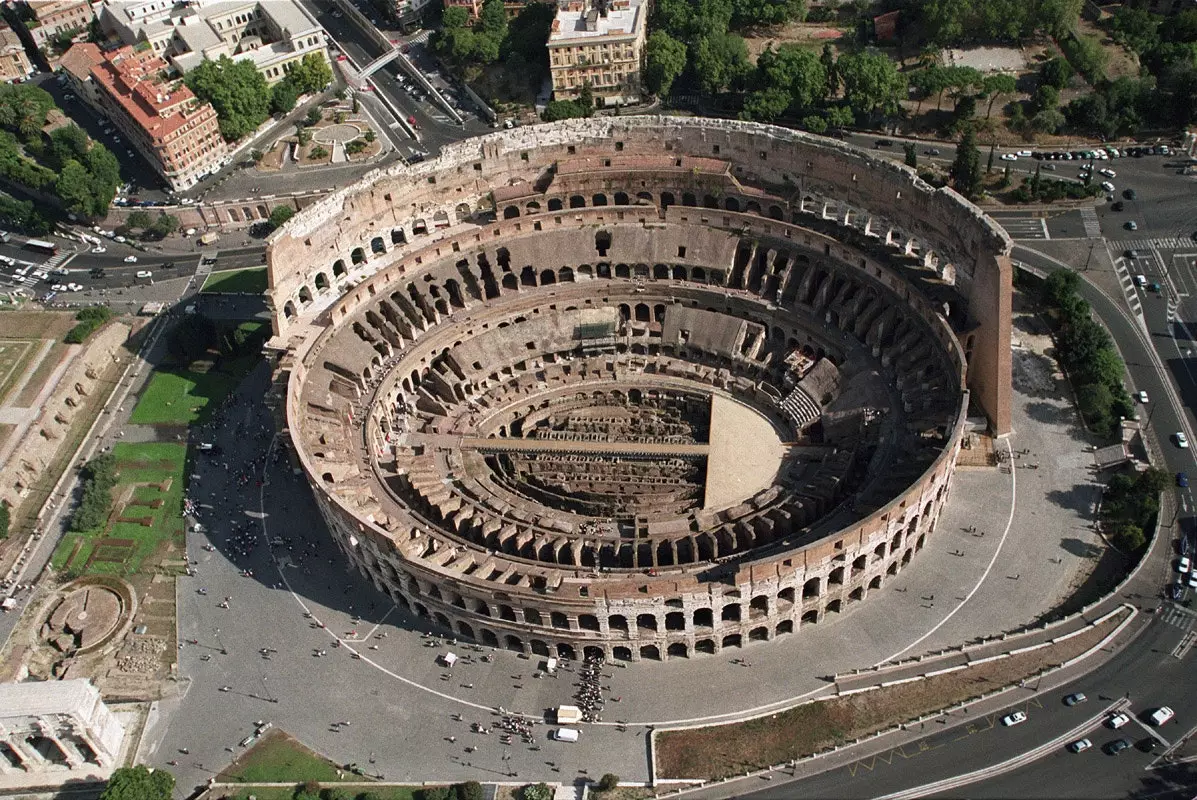
Panem et circenses (bread and circuses) in Rome
